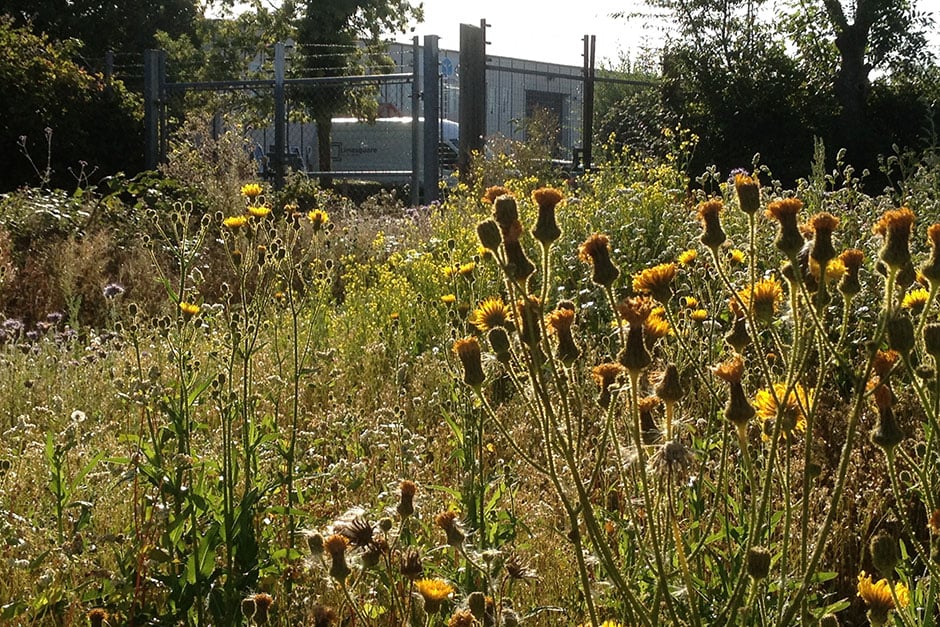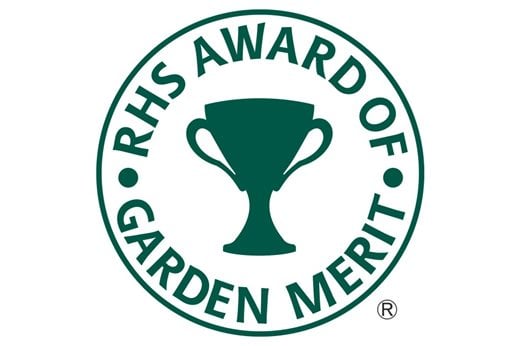Weed seeds can cause big problems on the veg plot. RHS Chief Horticulturist Guy Barter offers advice on tackling them


As autumn arrives and crops are cleared, it's well worth taking the time to deal with weeds and their seeds.
Often you can find quite large weed plants lurking under crops. These previously-unseen weeds can release prodigious numbers of seeds – 38,000 on a large groundsel plant for example – unless quickly destroyed by composting at a high temperature. (This can be done either at home in a hot composting bin, or in your council green waste collection.)
When to dig?
Autumn digging very efficiently kills annual weeds and allows you to pick out any perennial weed roots. However, weed seeds will also be buried and they then become dormant ready to grow when next exposed to light, after digging or raking next year for example.
If digging is delayed until spring, fewer weed seeds become dormant. They either germinate or can be killed by hoeing, or they lie on the soil surface where many will be eaten by birds and insects. About a third of buried dormant weed seeds will be ready to germinate in spring and summer after digging brings them to the surface.

How long do weed seeds last?
Weed seeds steadily die after burial. For example, fat hen seed viability can decline by half in six years and groundsel (see photo) by 87% in that period. Digging after a few years will bring up fewer viable weed seeds.
If you have an area where weeds got out of hand and you bury them by digging, the buried seeds will gradually lose viability. If you only dig or cultivate shallowly in the following years, this will help avoid exposing more seeds which then germinate.
Once you have cleared this year’s weeds, be ready for a flush of weed seedlings. These will often include some that germinate best in autumn, such as cleavers and small nettle. However, most garden weeds are opportunists that germinate all year whenever conditions are favourable, e.g. annual meadow-grass, common chickweed, common field speedwell, groundsel, red dead-nettle and shepherd’s-purse. These may be numerous in mild winters.
Protecting the soil
Weeds can be useful as an informal ‘green manure’ to protect the soil over winter and be dealt with in spring before they flower. Otherwise, they can be prevented by sowing fast growing and cold-resistant green manures such as vetches or ryegrass.
Alternatively try using black plastic sheets or mulches of low-nitrogen materials such as very well-rotted garden compost. Avoid fresh compost or manures as the nutrients will be washed away by winter rains, contributing to pollution of water resources.
Of course, there will be some weeds that germinate next spring, but informed weed management in autumn will reduce weed problems in next year's growing season.
 Pick of the crop
Pick of the crop
Look for the RHS Award of Garden Merit (AGM) when buying vegetable seed or small plants. You can also download the RHS lists of recommended cultivars.
See also

